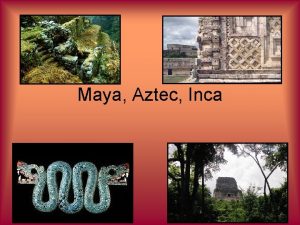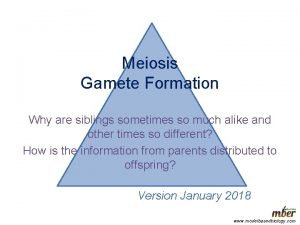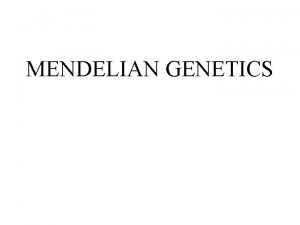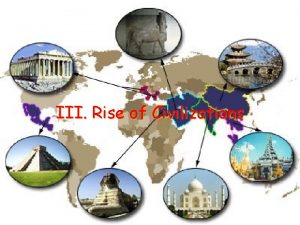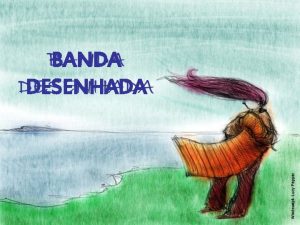The Rise of Civilizations Lucy and the Rise









- Slides: 9

The Rise of Civilizations “Lucy” and the Rise of Humanity

Lucy • Who is Lucy? – Lucy is a skeleton of an early hominid that dates back about 3 million years. – Hominid – An species of early human that stood upright and used primitive tools • There are several species of hominid that once roamed the earth. – Neanderthals came next and Cro-Magnons followed.


Early Humans • Early humans did not have a formal society as we think of it today. • Early humans had to focus on survival • They were nomadic people who relied on hunting and gathering in order to survive – Nomads – People who travel from place to place in search of food • Agriculture and Domestication of animals allowed our ancestors to settle in one place and set up societies

Foundations of Civilization • What is a Civilization? – What features allow a tribe to become a civilization? – Civilization – a complex culture that can produce a surplus of food, establish a form of government, and have a division of labor. • Because of the necessities of creating a civilization, where do you think people were most likely to settle?

Choosing Where to Live • Food Surplus? – Access to good soil – Need a reliable water source – The ability to irrigate. • Government? – Specific people chosen to run the community – Leaders made rules for the community to follow • Division of Labor – Surplus food allows people to specialize in a trade – People are able to develop things like architecture, specific skills, or art.

Where to Live? • Based on the descriptions of what creates a society, which most determines where people settle? – Surplus food and access to water • So where do people settle? – Near Rivers – The first major civilizations in human history grew in river valleys • • The Nile River valley (Africa) The Tigris & Euphrates valleys (Southwest Asia) The Indus River valley (Southeast Asia) Huang (Yellow) River valley (Eastern Asia)

Other Aspects of Civilization • Further Development – As Society develops, other aspects of civilization begin to become more defined. • Division of Labor allows for time for development of: – Writing – Development of a Calendar – Religion

Family/Power Structure • Hunter-Gathering societies = Male dominated • Early Farming = Female dominated – Women did most of the farming, thus providing most of the food – Women gained a good deal of power • Men begin farming = Power shifts back to men • Lasting impact of a female dominated trade – Female goddesses become associated with farming and the earth • Example: Gaia of ancient Greek mythology
 Tricky dick: the rise and fall and rise of richard m. nixon
Tricky dick: the rise and fall and rise of richard m. nixon Rise and rise again until lambs become lions
Rise and rise again until lambs become lions Little lambs academy
Little lambs academy Rise and rise again until lambs become lions origin
Rise and rise again until lambs become lions origin Map of inca maya and aztec
Map of inca maya and aztec Lucy and maria twins
Lucy and maria twins Lucy lou with my girl drew
Lucy lou with my girl drew Lucy and maria aylmer
Lucy and maria aylmer St lucy's home raised by wolves questions and answers
St lucy's home raised by wolves questions and answers Yellow river civilization map
Yellow river civilization map




